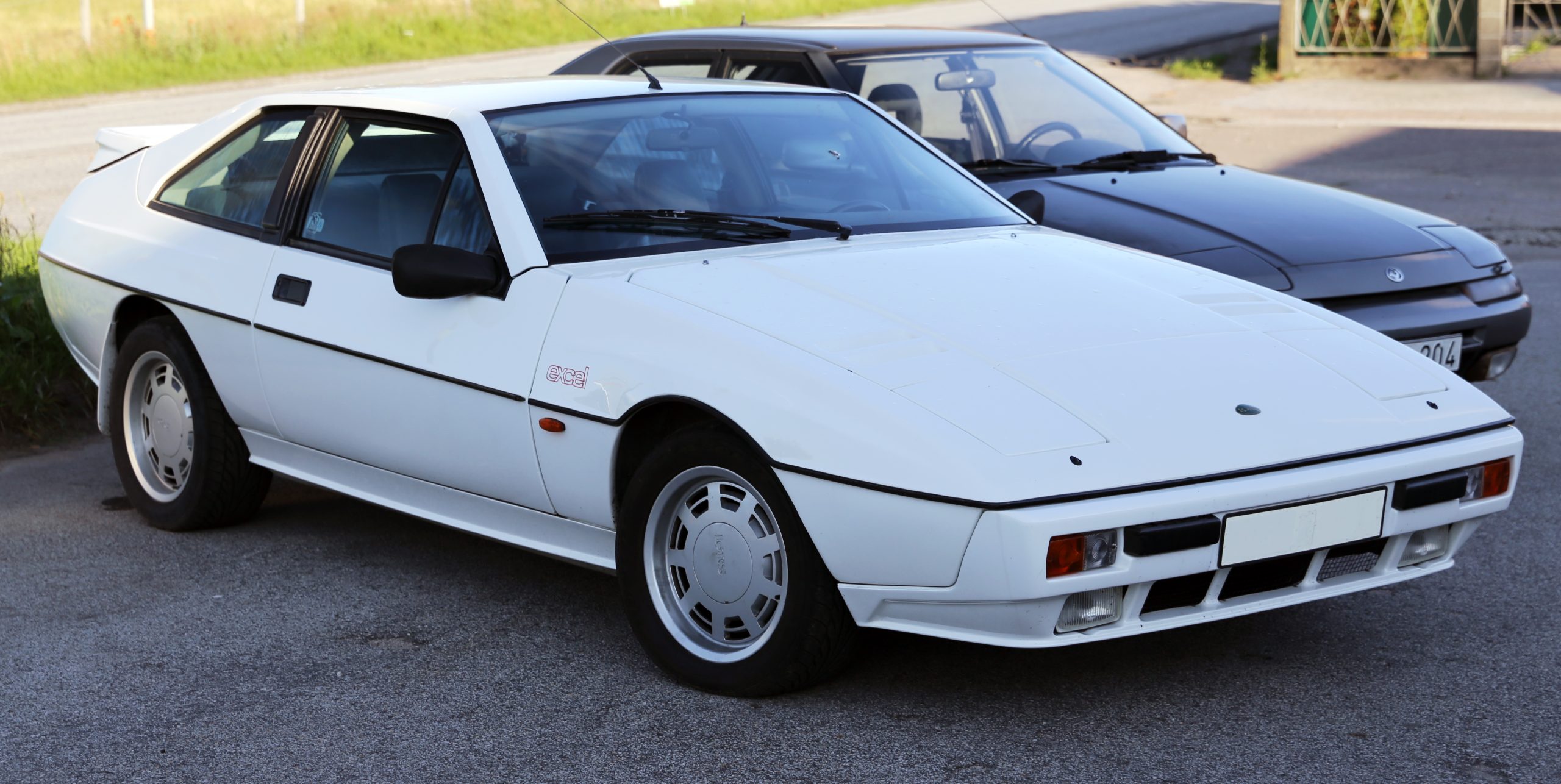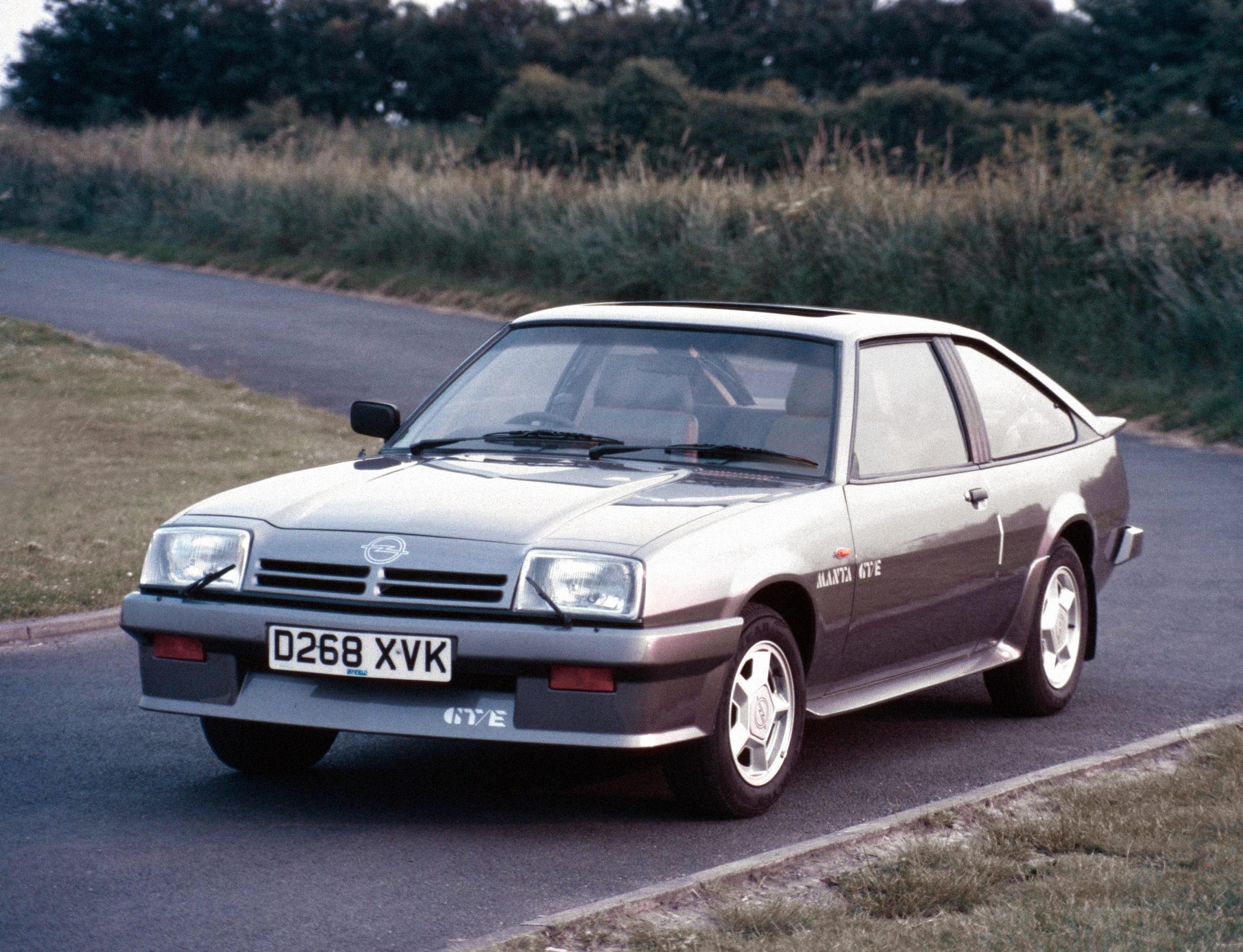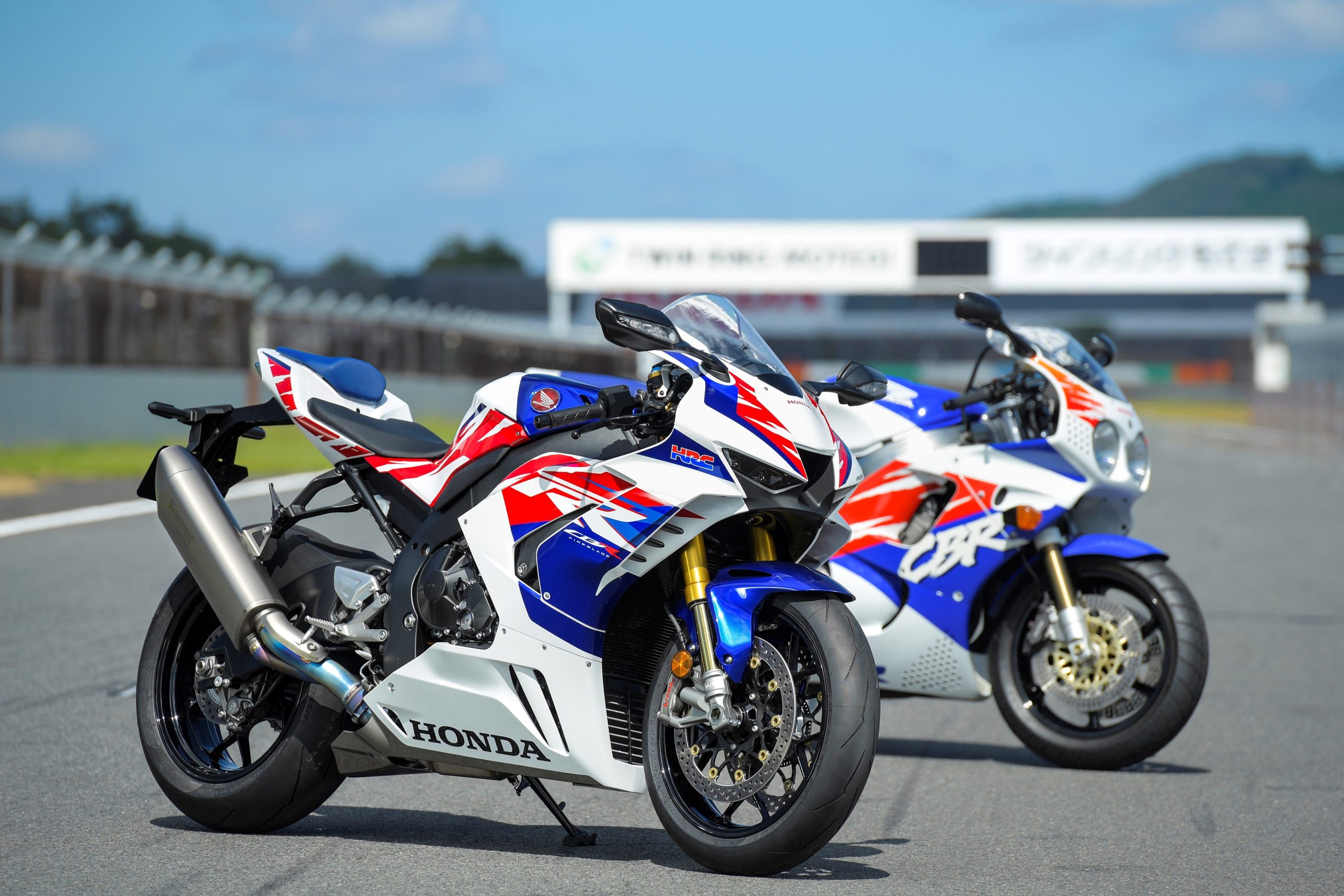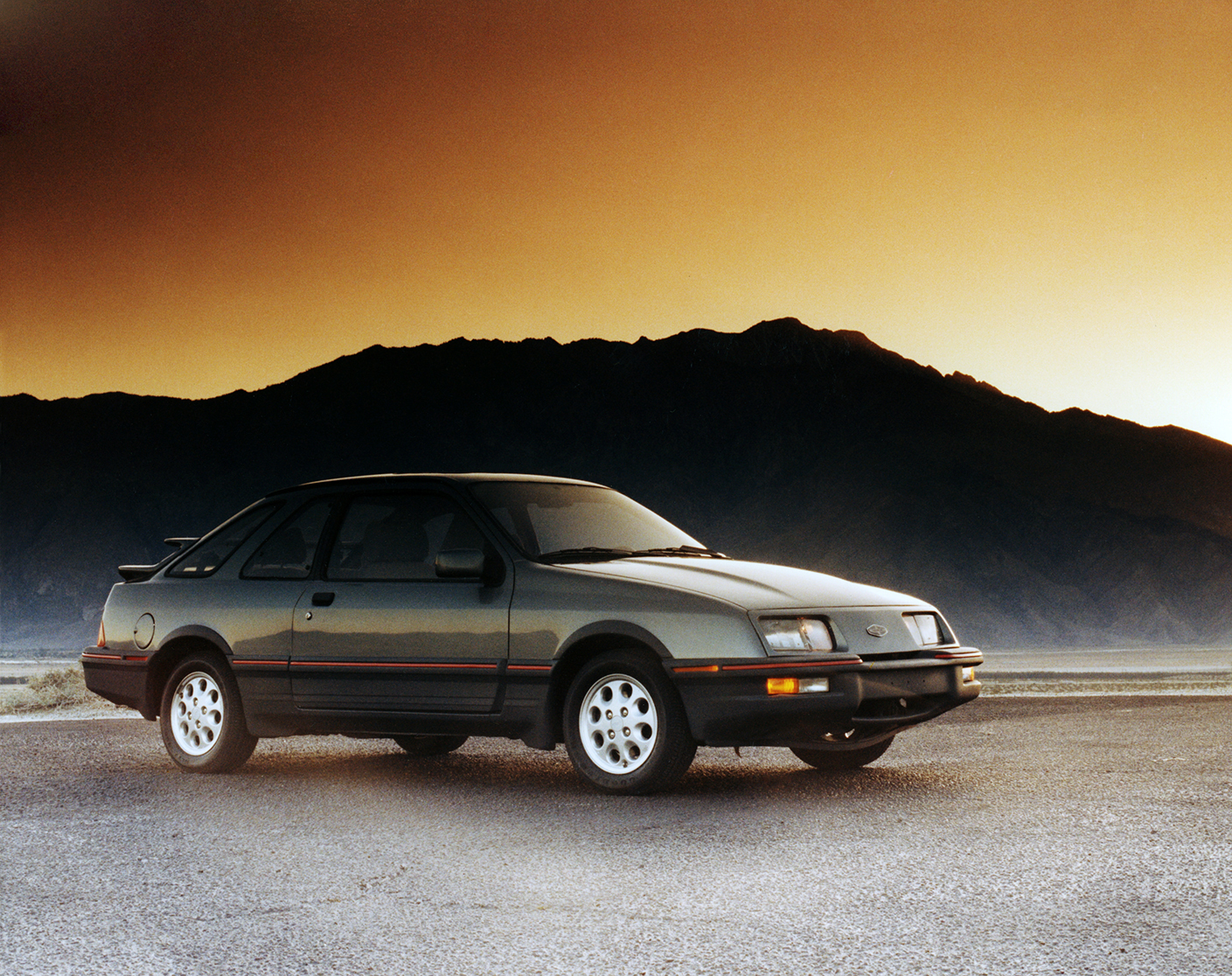Author: Nathan Chadwick
Images: Manufacturers
2024 was a big year for wedgy shapes – the prestigious Pebble Beach Concours d’Elegance had two classes dedicated to the style, and wedgy supercars from the 1970s onwards appear to be rising in line with their vertically pointing swage lines.
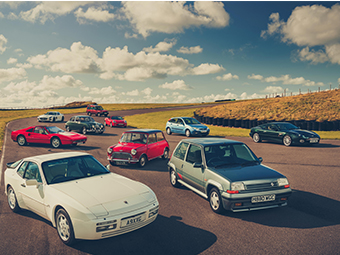
However, 50 years ago the design trend was deeply controversial, particularly for British sports cars. No car exemplifies that more than the Triumph TR7, which celebrates its 50th birthday in 2025 (though production started in autumn of 1974).
Its designer, the late Harris Mann, wanted to introduce modern verve to ailing British brands – the original sketches for the Austin Princess were far more futuristic than what actually came next. With British Leyland having five cars across its various brands competing with each other, rationalisation and focus was what was needed – and in the TR7, the target was America.
The US preference for front-engined, rear-wheel drive cars with simple engineering was leapt on, the VW-Porsche 914 and Fiat X1/9 deemed its biggest rivals. Because the US was teetering on the brink of a ban on convertibles, the MGB was left to cater to that market as long as convertibles had a place – eventually, the TR7 would replace the MGB.
Problems started to arise when that focus started to shift – the MGB was selling so well that the TR7 was pushed up price-wise. Harris Mann eased the original design to give it a more premium feel – but because the United States was the car’s primary focus, the need for rubber bumpers for the US market. Add in an X-shaped front subframe, and a front crumple zone, and this was among one of the more robust sports cars of a safety conscious era.
Under the bonnet lay a development of the Dolomite’s four-cylinder engine, matched to the Morris Marina’s four-speed manual gearbox, with the option of the Rover V8 sourced from the P5B, P6B and Range Rover. It would also have a live rear axle.
However, the pressure to get the car into US showrooms was immense, to the point that the usual testing regimen was abandoned – it needed to be in the US for the press reveal at the dawn of 1975. It needed to be well built, comfortable and fun to drive – and on the press trip, all was well… other than the styling.
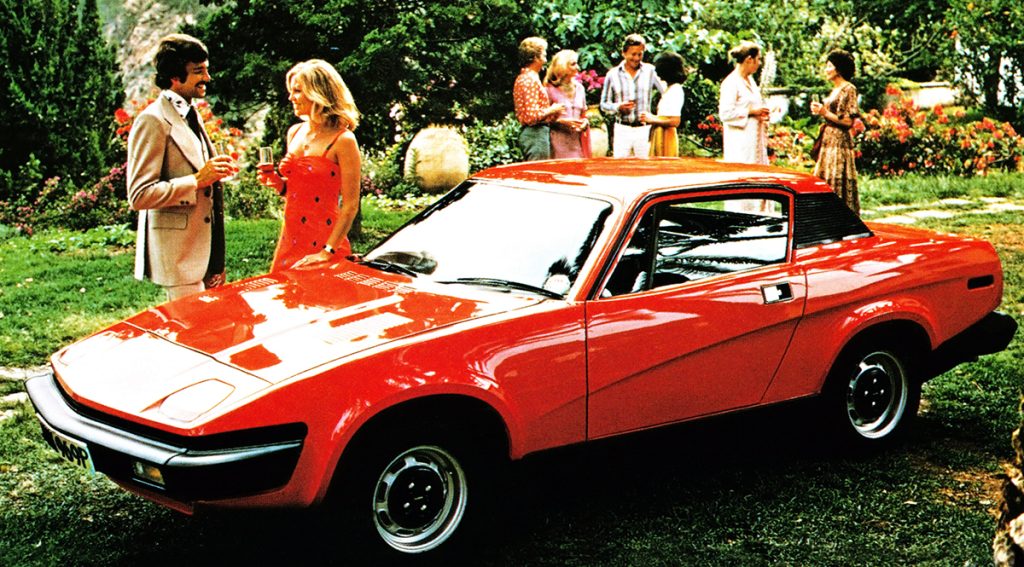
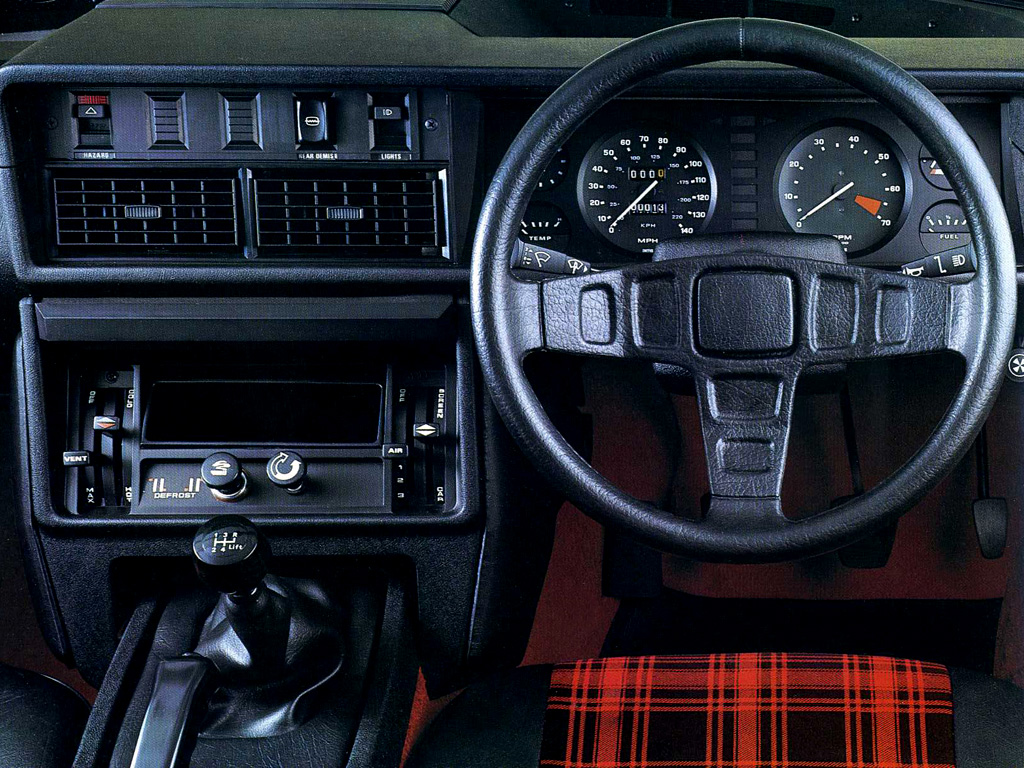
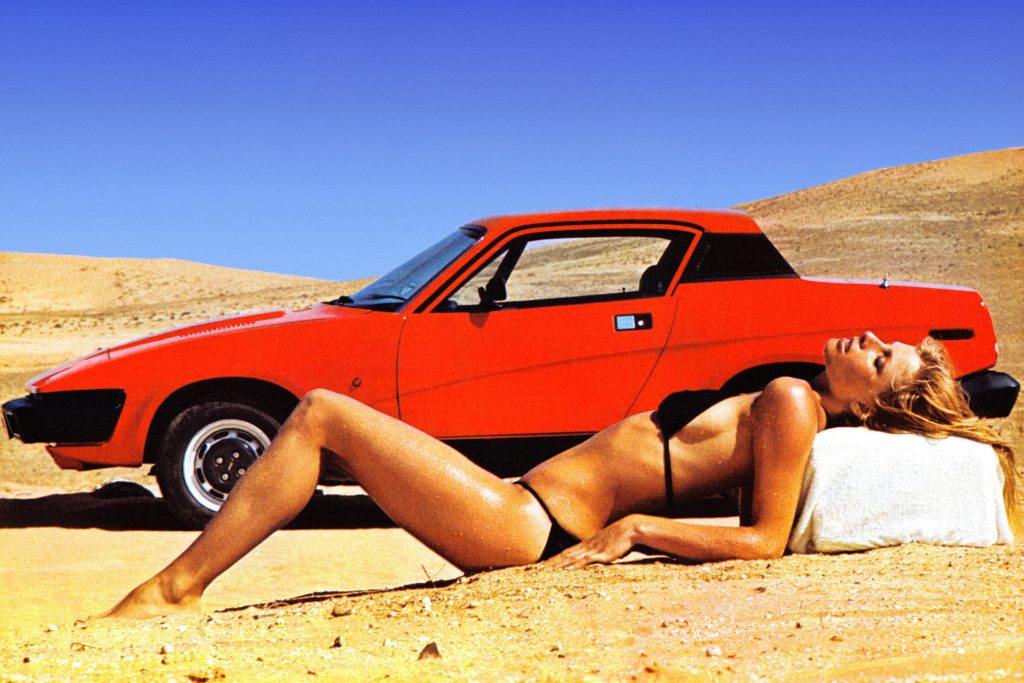

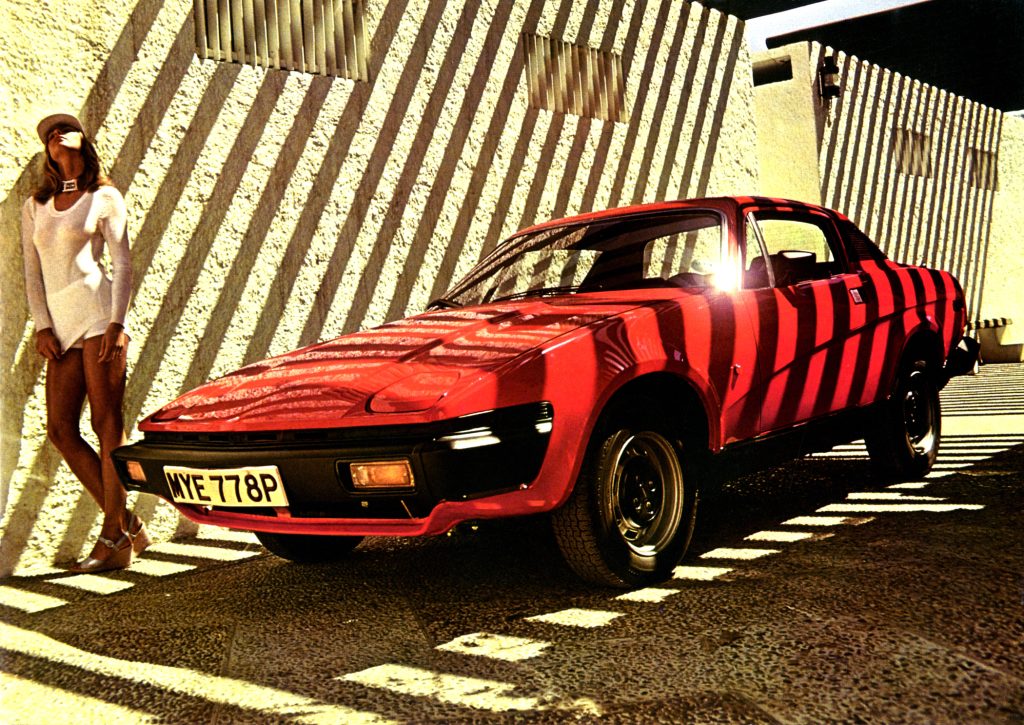
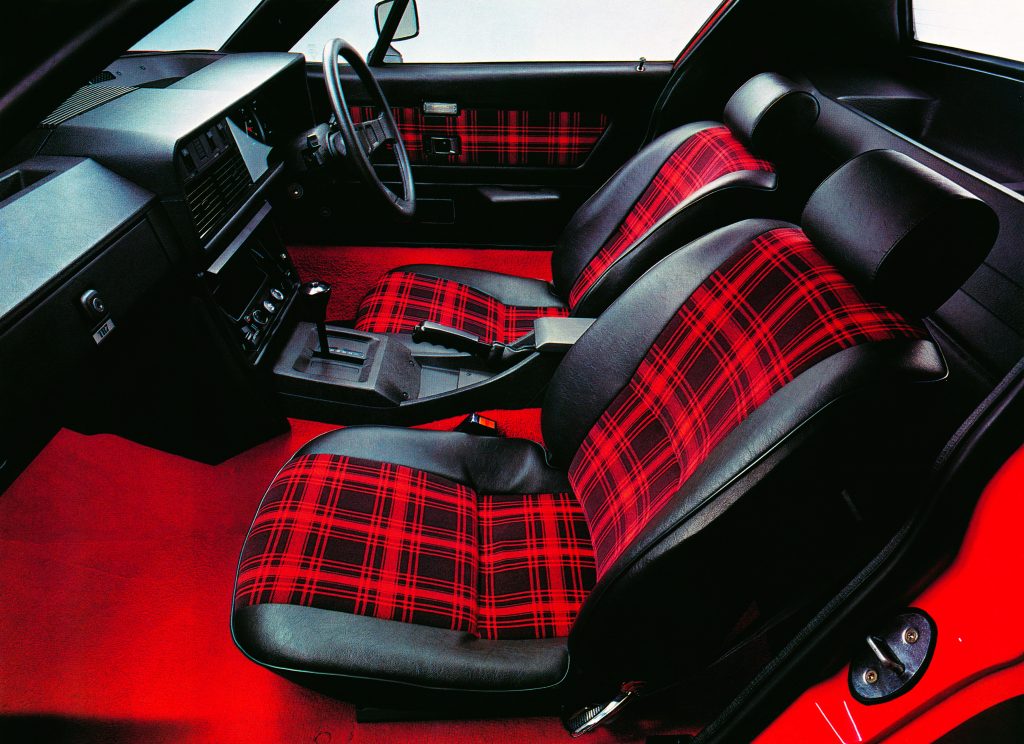
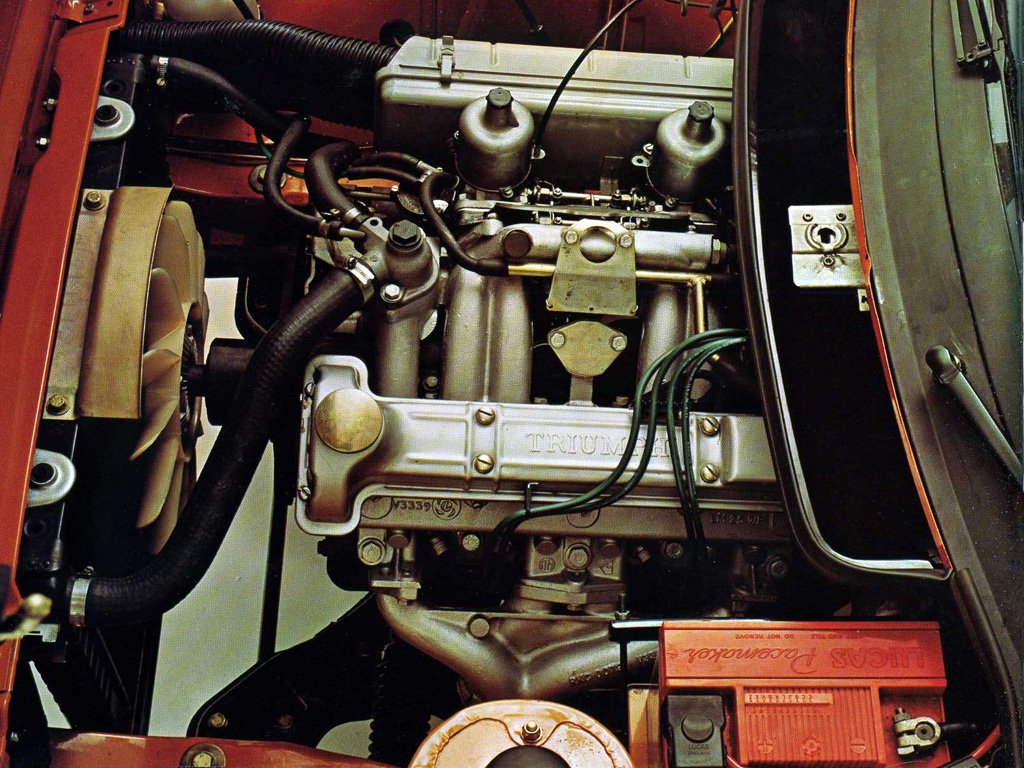
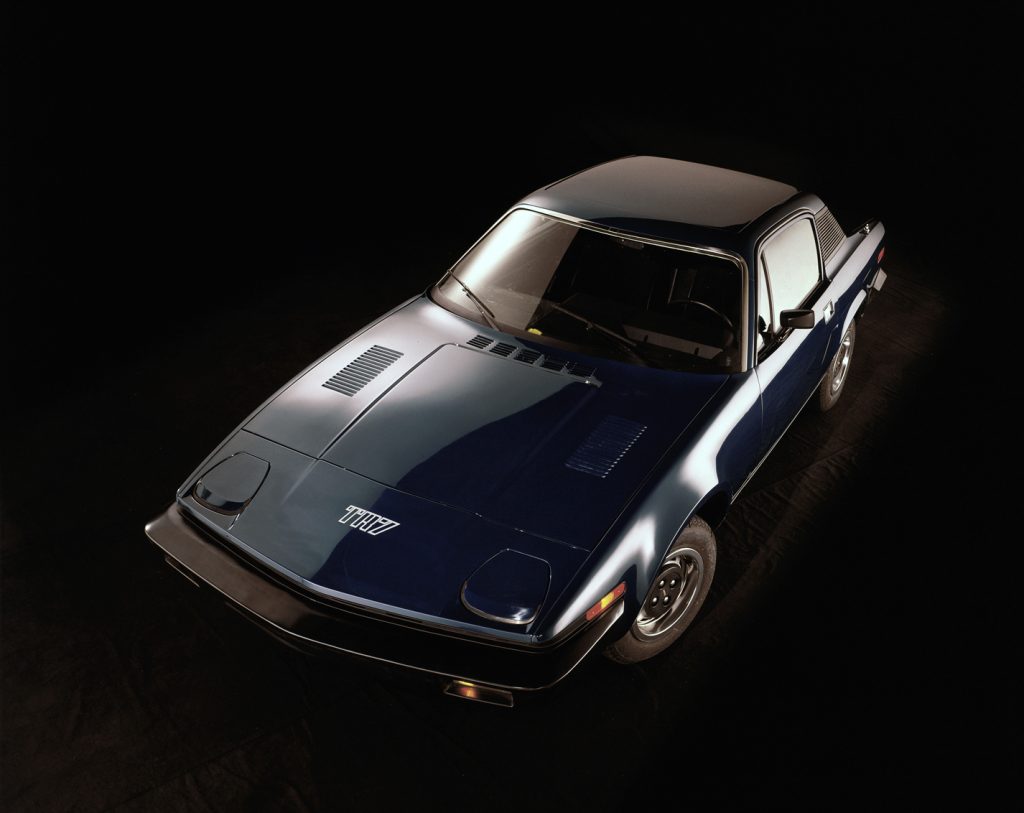
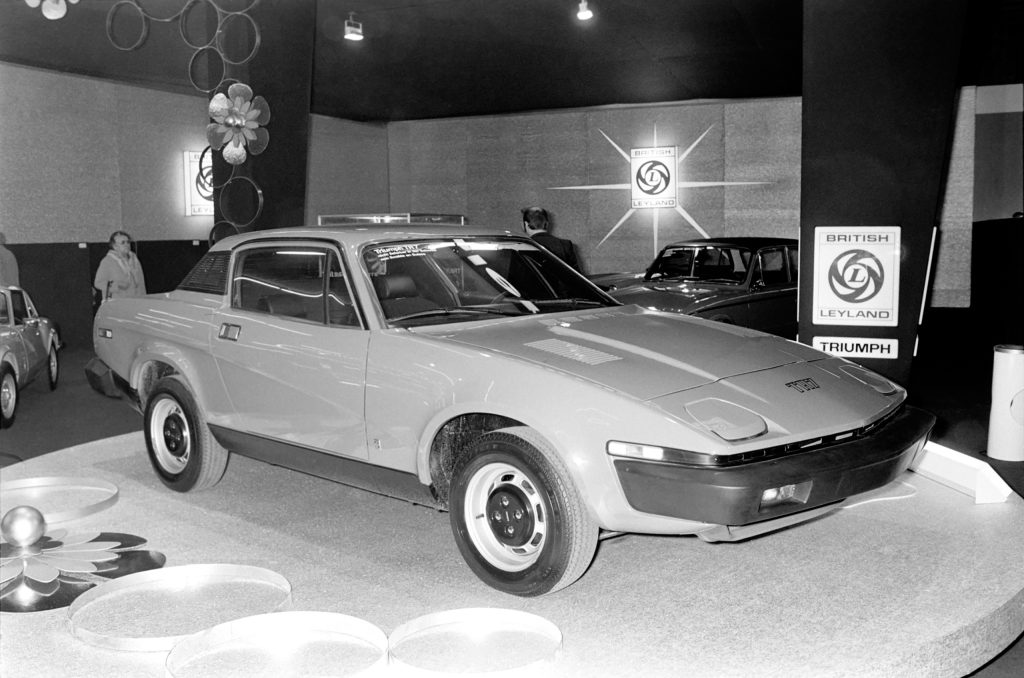
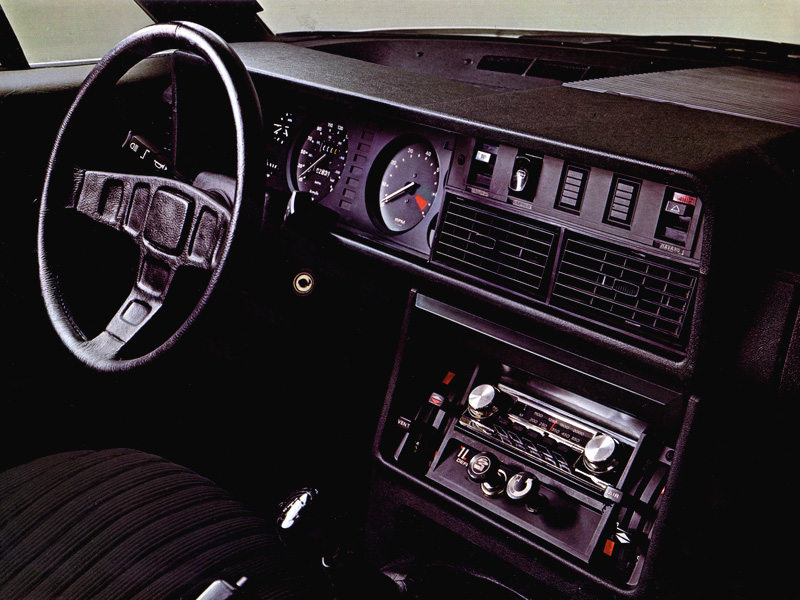
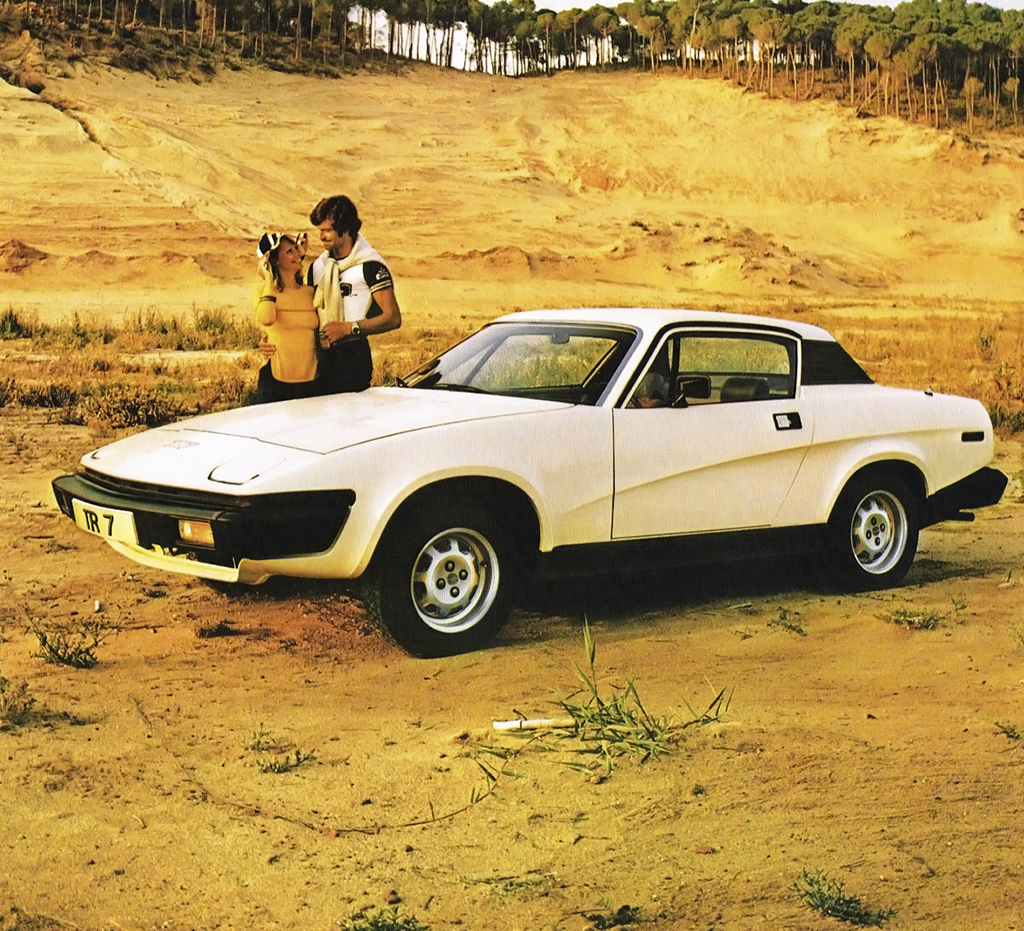
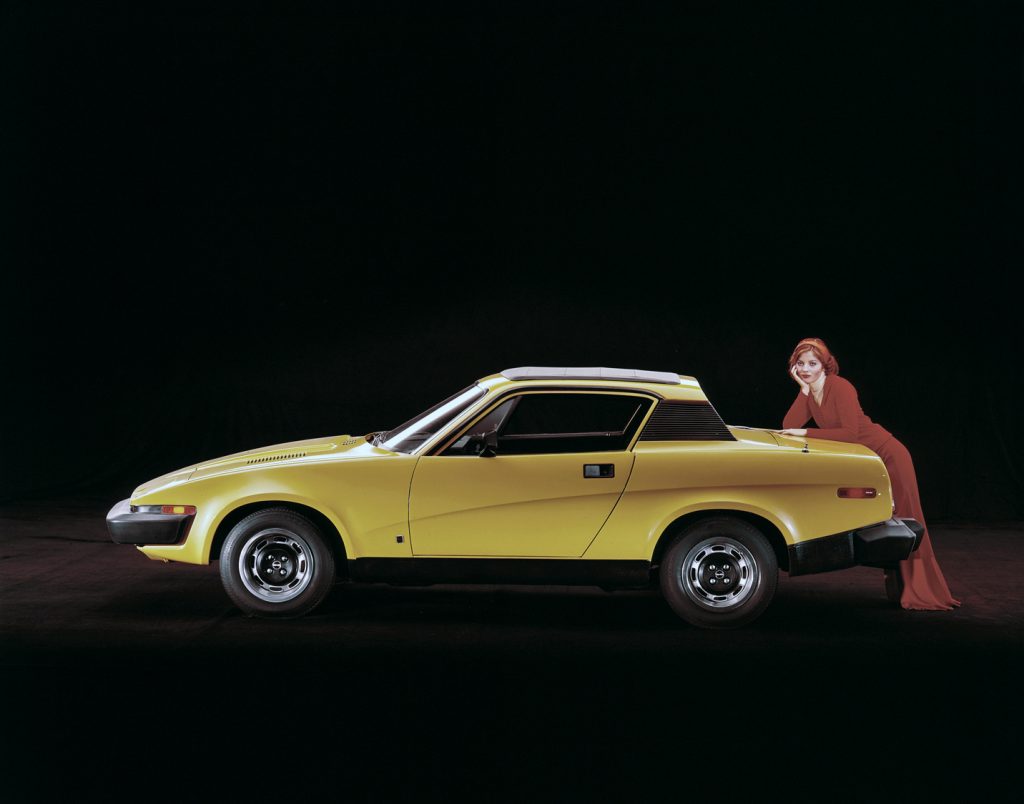
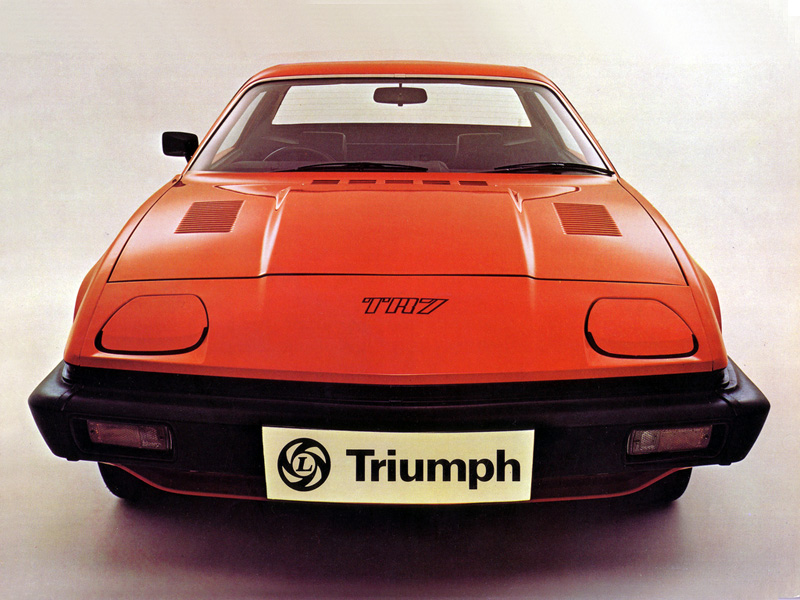
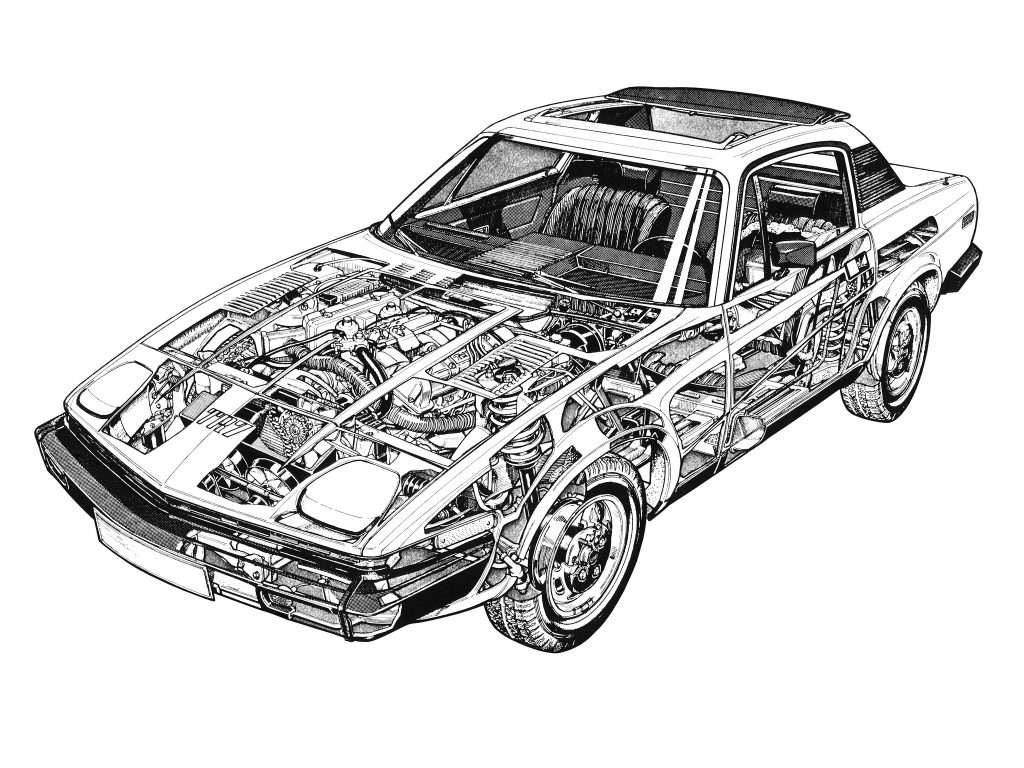
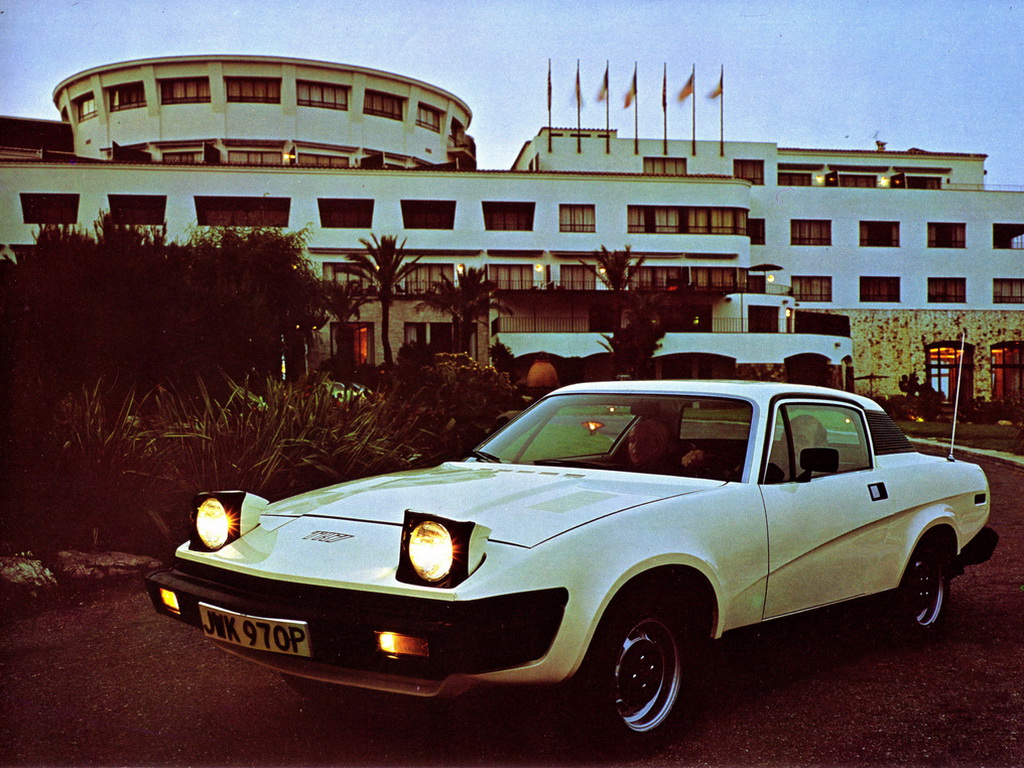
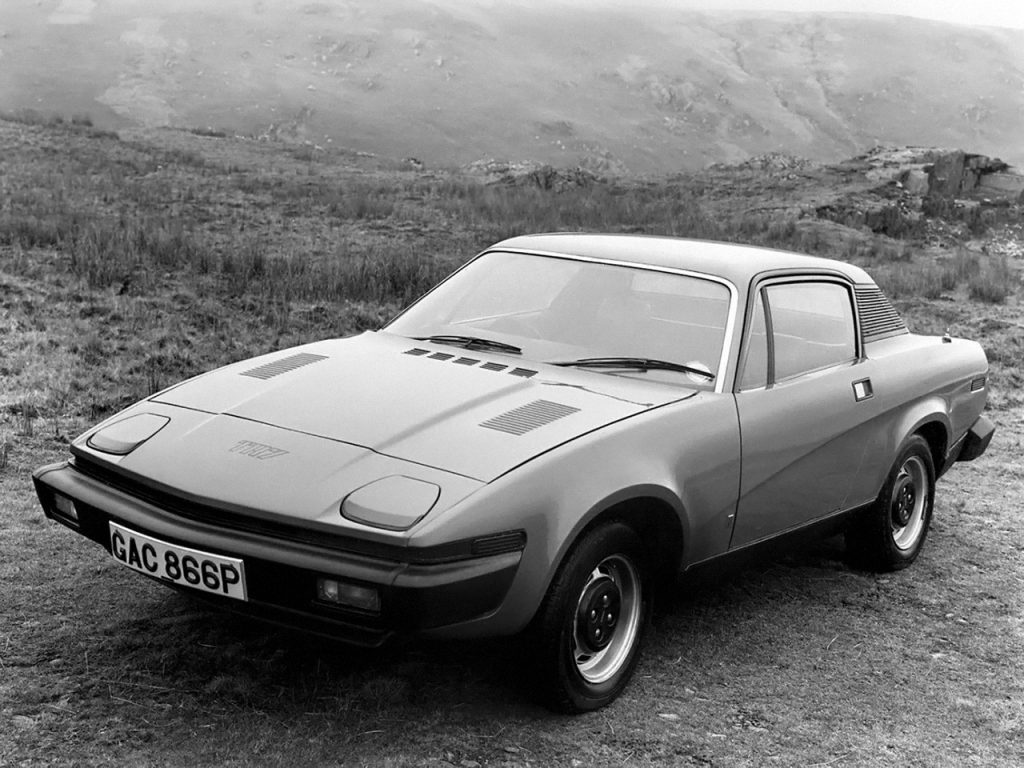
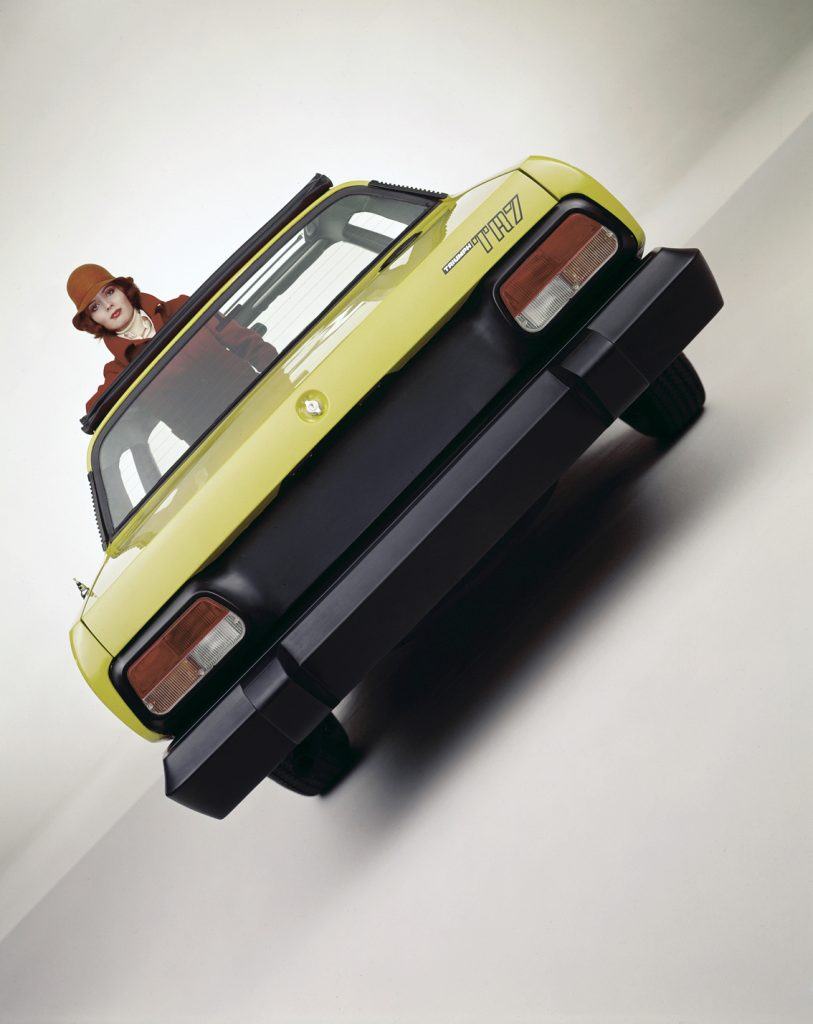
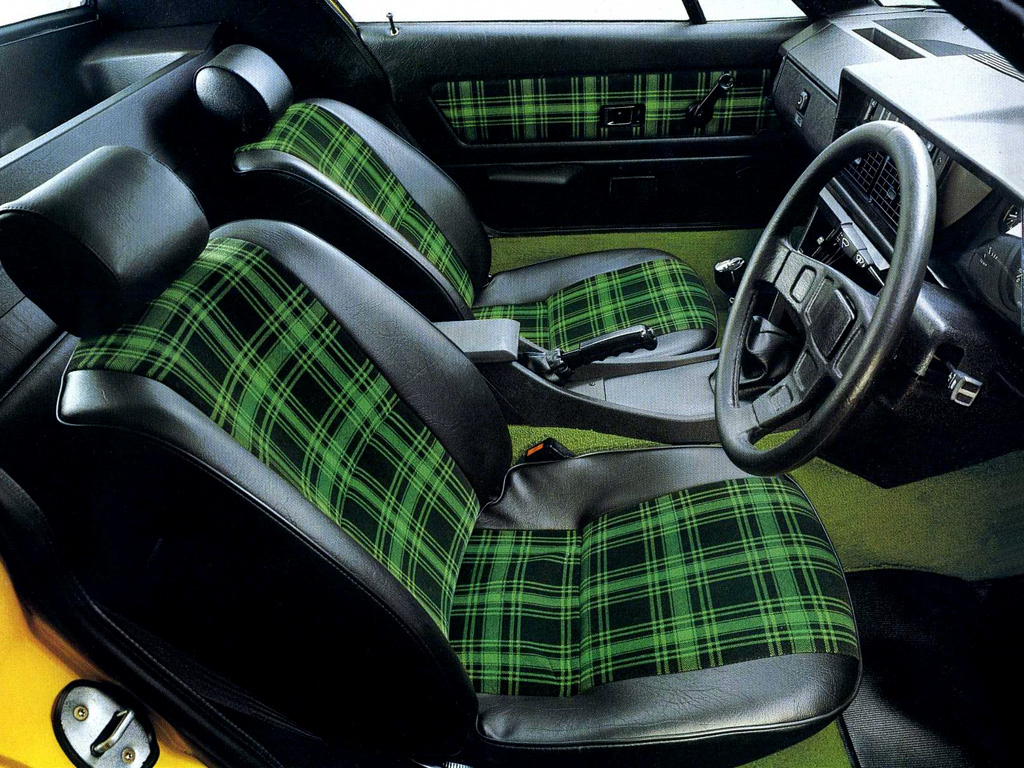
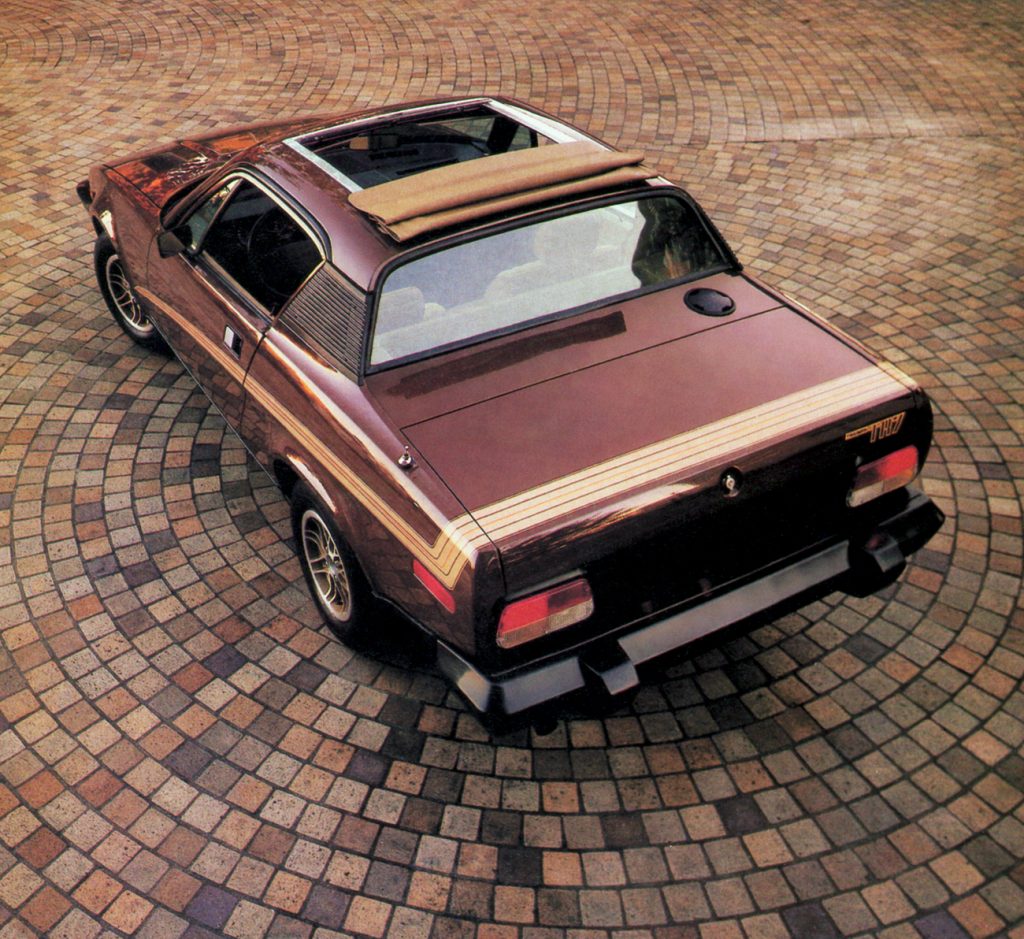
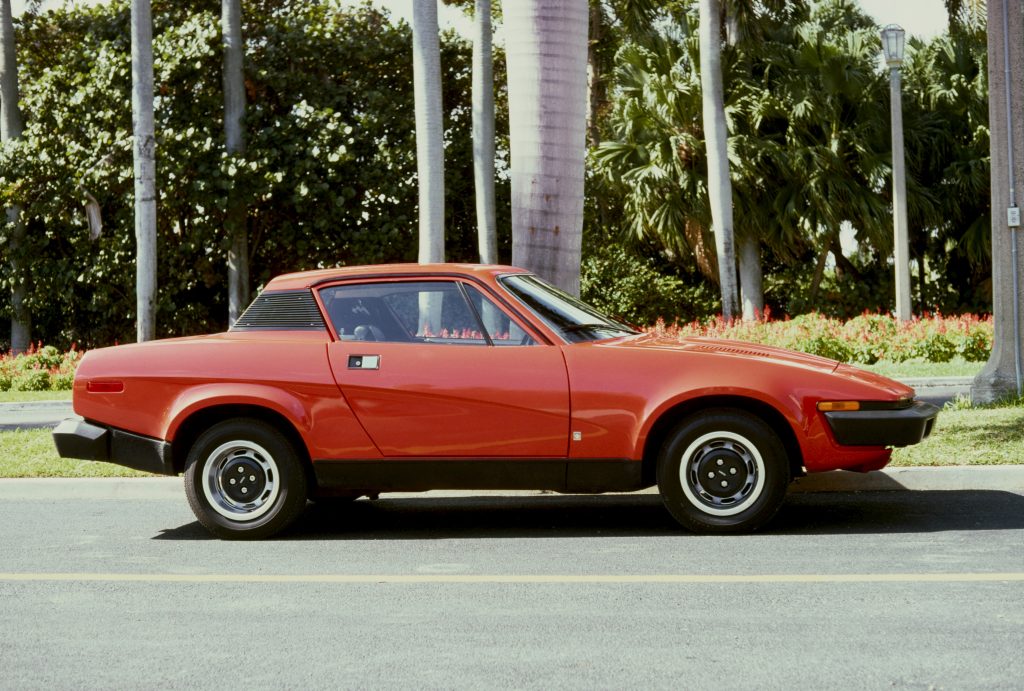
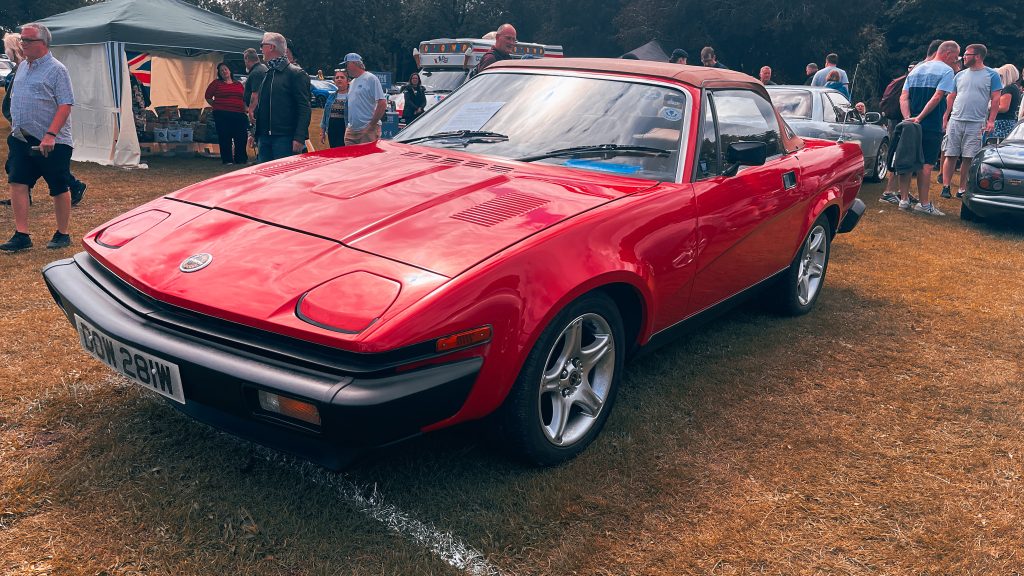
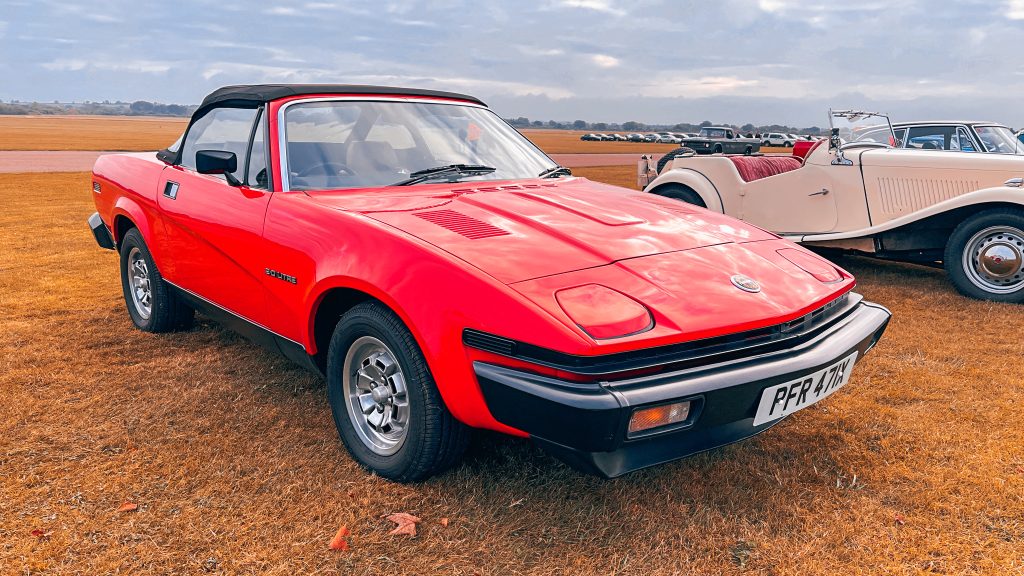
Journalists didn’t take to the TR7 particularly well – their vision of a British sportscar lived up to the ideals of MGBs and Triumph’s immediate forebears. The wedgy shape might have worked for Porsche and Fiat, but even one of the proponents of that styling vanguard took a dislike to it. At the 1975 Geneva Motor Show, Giorgetto Giugiaro issued a legendary bon mot: “Oh my God! They’ve done it to the other side as well.”
Styling aside, the other big problem the TR7 had was US anti-pollution laws, which strangled the four-cylinder engine to 90bhp, and 76bhp in California specification. It was hardly sporty in the way the outgoing six-cylinder was, even though that car’s chassis was often criticised. The V8 was on the way for the US market, but sadly the first few years would not go as planned.
The European launch went well ahead of the car’s 1976 introduction – after all, the TR7’s four-pot had more power (though some thought it could do with more). However, it was power of another kind that ultimately doomed the TR7’s reputation in period.
In October 1976 the TR7 factory in Speke, Liverpool, went on strike and the cars that were produced were built poorly, and were unreliable. In the end, production was moved to Canley in 1978, just as the finishing touches were being made to the TR8 – and the possible launch of a convertible version. However, the biggest upshot of the Speke closure was the curtailment of the TR7 Sprint programme, which would have introduced the Dolomite’s innovative 16v cylinder head to the car, which would have delivered similar performance to the Rover V8-powered car. Around 50 were built, but given the four-cylinder car’s criticism of being ‘a chassis in search of an engine’, we can’t help but wonder what might have been.
Similarly, the Lynx project – a 2+2 fastback intended to replace the Stag – would have added depth to the range via stretched wheelbase, Rover V8 engine and SD1 rear axle. The Speke closure nixed that idea too.
The good news – if there was any during this difficult era – was that the Canley cars were much better built, and though the wider British Leyland development budget was being funnelled into new hatchbacks, the car was improved. The five-speed gearbox from the Rover SD1 was added, as well as improvements to the paint choices and interior fixtures. The sources of many of the reliability problems – the electrics, instruments and cooling – were also addressed
In 1979, the Convertible appeared, which did much to address the aesthetic criticism. It was also much stronger thanks to an extra box section behind the rear seats, reinforcements behind the quarter panels and a novel end-weighted front bumper to eradicate scuttle shake. Despite being much more robust, the car managed to buck the trend for convertibles by being lighter than the coupe.
A year later, the V8 version was launched in the UK, delivering on the promise laid down by the aesthetics. It was warmly received by the US press, and UK journalists bemoaned the fact it was unavailable in Blighty, save for a limited run of 35.
It would be too little, too late, as production moved to Solihull in late 1980, before production came to an end a year later.
Why? The MGB was still popular and was viewed as cannibalising TR7 sales, but the cancelling of the entire MG brand did little to arrest poor sales figures, and unsold TR7s piling up. It was a difficult time – the socio-political hangover of the 1970s had yet to be transformed into the 1980s economic miracle, and tensions in the Middle East had led to global recession, and dented profitability as the Sterling rose against the dollar.
However, to view the TR7 as a failure is to give in to copy-and-paste opinions. The TR7 may not be held aloft with the same enthusiasm as other wedges of the era, but it’s got a dedicated and enthusiastic set of supporters who love the style, the comfort and, in V8 form, the performance. Spares and tuning parts are also readily available.
There’s another factor too – far from being a failure, the TR7 was the biggest-selling out of all the Triumph TRs – around 115,000 TR7/8s were built – more than the TR250, TR5 and TR6 put together.
As the TR7 turns 50, perhaps the car deserves credit for the sports car that dared to dream differently…
See more!
Retro Rematch: Fiat X1/9 vs Triumph TR7
Buying guide: Triumph TR7


